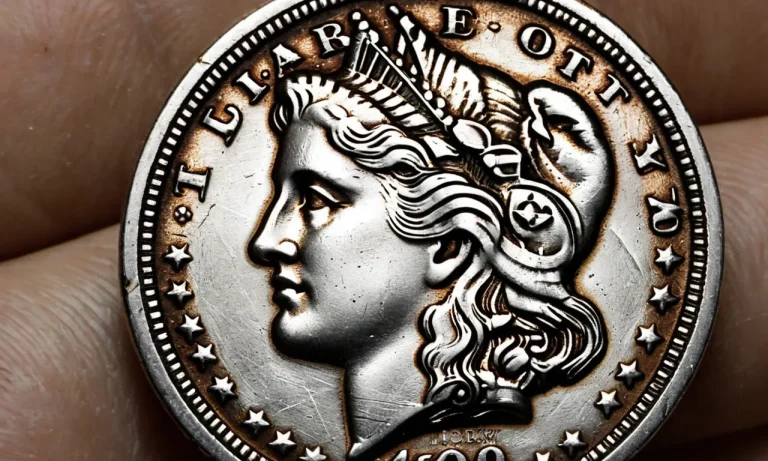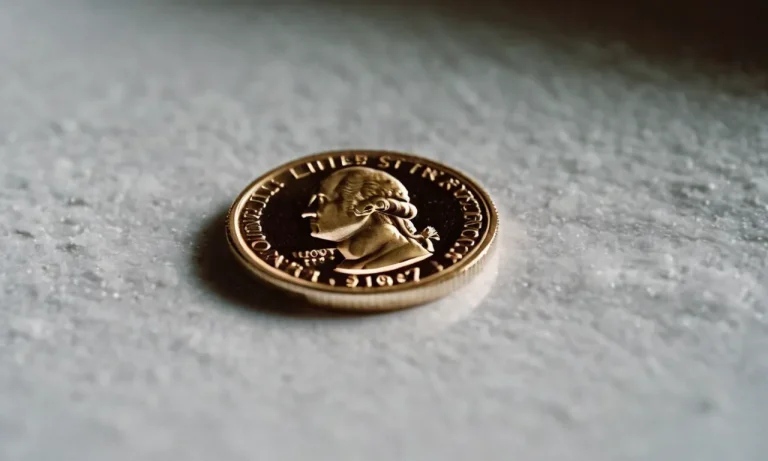The tradition of ‘Penny for the Guy’ has long been a popular one in the UK around Guy Fawkes Night on November 5th. Children would dress up and parade through the streets with homemade effigies asking for a ‘penny for the guy’.
If you’re short on time, here’s a quick answer to your question: Penny for the Guy is a British tradition where children would make effigies of Guy Fawkes and parade them through the streets on November 5th asking for pennies.
It emerged in the 17th century and was especially popular from the 19th century until it began declining in the mid-20th century.
In this comprehensive guide, we’ll uncover the full history and popularity of the Penny for the Guy tradition. We’ll explore how and why it emerged, what the effigies were made of and represented, as well as look at the decline of the tradition in more recent decades.
The Origins and Meaning of Penny for the Guy
The tradition of “Penny for the Guy” in the UK has deep historical roots and is closely associated with the commemoration of the failed Gunpowder Plot of 1605. This annual event, celebrated on November 5th, marks the foiled attempt by a group of Catholic conspirators, led by Guy Fawkes, to blow up the Houses of Parliament and assassinate King James I.
Guy Fawkes and the Gunpowder Plot
Guy Fawkes, a member of the Gunpowder Plot, was captured while guarding barrels of gunpowder hidden beneath the House of Lords. His arrest on the night of November 4th, 1605, prevented the plot from proceeding.
The discovery of the conspiracy led to a nationwide celebration in which people lit bonfires to rejoice in the King’s survival.
Over time, the commemoration of the Gunpowder Plot evolved into a more festive occasion, with the focus shifting from the act of treason to the celebration of the King’s life being saved. This celebration became known as Guy Fawkes Night or Bonfire Night, and it has been an integral part of British culture ever since.
Emergence of the Penny for the Guy Tradition
The tradition of “Penny for the Guy” emerged as a way for children to participate in the festivities surrounding Guy Fawkes Night. In the weeks leading up to November 5th, children would create an effigy, or “guy,” of Guy Fawkes using old clothes and newspapers.
They would then place the guy in a wheelchair or pushcart and take it to the streets, asking passersby for money.
The collected money, typically pennies, would be used by the children to buy fireworks or sweets to enjoy during the bonfire celebrations. This tradition allowed children to not only have fun but also actively contribute to the festivities and feel part of the larger community celebration.
Effigies and Meaning
The effigy of Guy Fawkes, also known as “the guy,” holds symbolic significance in the Penny for the Guy tradition. It represents the failed plot and the intention to harm the monarchy and the political system.
By collecting money for the effigy, children symbolically contribute to the punishment of treason, albeit in a lighthearted and playful way.
The tradition of Penny for the Guy continues to be celebrated in various parts of the UK, with children showcasing their homemade guys and asking for donations. It not only serves as a reminder of the historical significance of the Gunpowder Plot but also provides an opportunity for communities to come together and celebrate the resilience of the British monarchy.
Traditions and Celebrations of Penny for the Guy
When and Where it was Celebrated
The tradition of “Penny for the Guy” has been a long-standing tradition in the United Kingdom, particularly around the time of Bonfire Night, which is celebrated on November 5th. This tradition dates back to the 17th century and is still celebrated in many parts of the country today.
The celebrations of Penny for the Guy are most commonly seen in England, where communities come together to commemorate the failed Gunpowder Plot of 1605, which aimed to blow up the Parliament and assassinate King James I.
The celebrations often include bonfires, fireworks displays, and the burning of effigies, including the Guy Fawkes effigy.
Making and Parading the Effigies
One of the key aspects of the Penny for the Guy tradition is the making and parading of effigies. These effigies, typically made from old clothes stuffed with straw or paper, represent Guy Fawkes, the man who was caught guarding the gunpowder that was intended for the plot.
Children and adults alike take part in creating these effigies, often using scarecrow-like techniques to give them a lifelike appearance.
Once the effigies are complete, they are paraded through the streets, often accompanied by a group of people chanting traditional rhymes. The effigies are then displayed, usually on a cart or chair, in a central location where people can see and interact with them.
This gives the community a chance to contribute to the tradition by offering donations, usually in the form of pennies, to the person responsible for the effigy.
Asking for Pennies
Asking for pennies is a significant part of the Penny for the Guy tradition. Children, often dressed in costumes or wearing masks, go door to door, asking for pennies to support their effigy. They often carry the effigy with them to showcase their creation and encourage donations.
This act of asking for pennies is not only a way to raise funds for the effigy but also a way for children to participate in the tradition and learn about its historical significance. It also brings communities together as people eagerly await the arrival of the penny collectors and enjoy the festivities associated with Bonfire Night.
The Popularity and Decline of Penny for the Guy
The tradition of “Penny for the Guy” has a rich history in the United Kingdom, but its popularity has experienced both highs and lows over the years. From its peak in the 19th century to its decline in the 20th century, this tradition has seen changes in regional variations and celebrations.
Peak Popularity in the 19th Century
In the 19th century, “Penny for the Guy” was a highly popular tradition in the UK. Children would create a “guy” – a stuffed effigy often made from old clothes and newspapers – and place it in a wheelbarrow or pushchair.
They would then take their creation to the streets, asking for donations from passersby with the famous phrase, “Penny for the Guy.”
This tradition reached its peak during the Victorian era when Guy Fawkes Night or Bonfire Night became a widely celebrated event in the country. The tradition of “Penny for the Guy” became an integral part of the Bonfire Night celebrations, with children eagerly participating in this age-old custom.
Regional Variations and Celebrations
While the tradition of “Penny for the Guy” was popular throughout the UK, there were variations in how it was celebrated in different regions. In some areas, children would create elaborate guys and showcase them in a central location, attracting larger crowds and more donations.
In other regions, the focus was more on door-to-door collections, with children going from house to house, displaying their guys, and collecting money for fireworks.
Regional celebrations also played a role in the popularity of “Penny for the Guy.” For example, in Lewes, East Sussex, the Bonfire Night celebrations were particularly grand, with processions, fireworks, and effigies being burned.
The tradition of “Penny for the Guy” was an essential part of these festivities, with children actively participating and contributing to the overall spectacle.
Reasons for the Decline in the 20th Century
While “Penny for the Guy” enjoyed immense popularity in the 19th century, it began to decline in the 20th century. There are several reasons for this decline. One significant factor was the changing attitudes towards fireworks and safety concerns.
As awareness grew about the dangers of fireworks, parents became more cautious, leading to a decrease in the participation and support for “Penny for the Guy.”
Additionally, the rise of organized fireworks displays and public events contributed to the decline of individual street celebrations. People started attending these larger events rather than contributing to “Penny for the Guy” collections, resulting in a lack of enthusiasm for the tradition.
Furthermore, societal changes and shifts in cultural practices also played a role in the decline of “Penny for the Guy.” With the advent of new technologies and entertainment options, traditional customs like “Penny for the Guy” lost their appeal among younger generations.
Despite its decline, the tradition of “Penny for the Guy” still holds a special place in the hearts of many who remember the excitement and joy it brought during Bonfire Night celebrations. While it may no longer be as popular as it once was, the memories and traditions associated with “Penny for the Guy” continue to be passed down through the generations, keeping its legacy alive.
Penny for the Guy – Conclusion
Penny for the Guy became a hugely popular autumn tradition that emerged from the failed Gunpowder Plot of 1605. Effigies of Guy Fawkes were creatively made and paraded by children collecting pennies across Britain for centuries.
While the tradition has faded in recent decades, its legacy remains part of Britain’s cultural history around Bonfire Night festivities.





